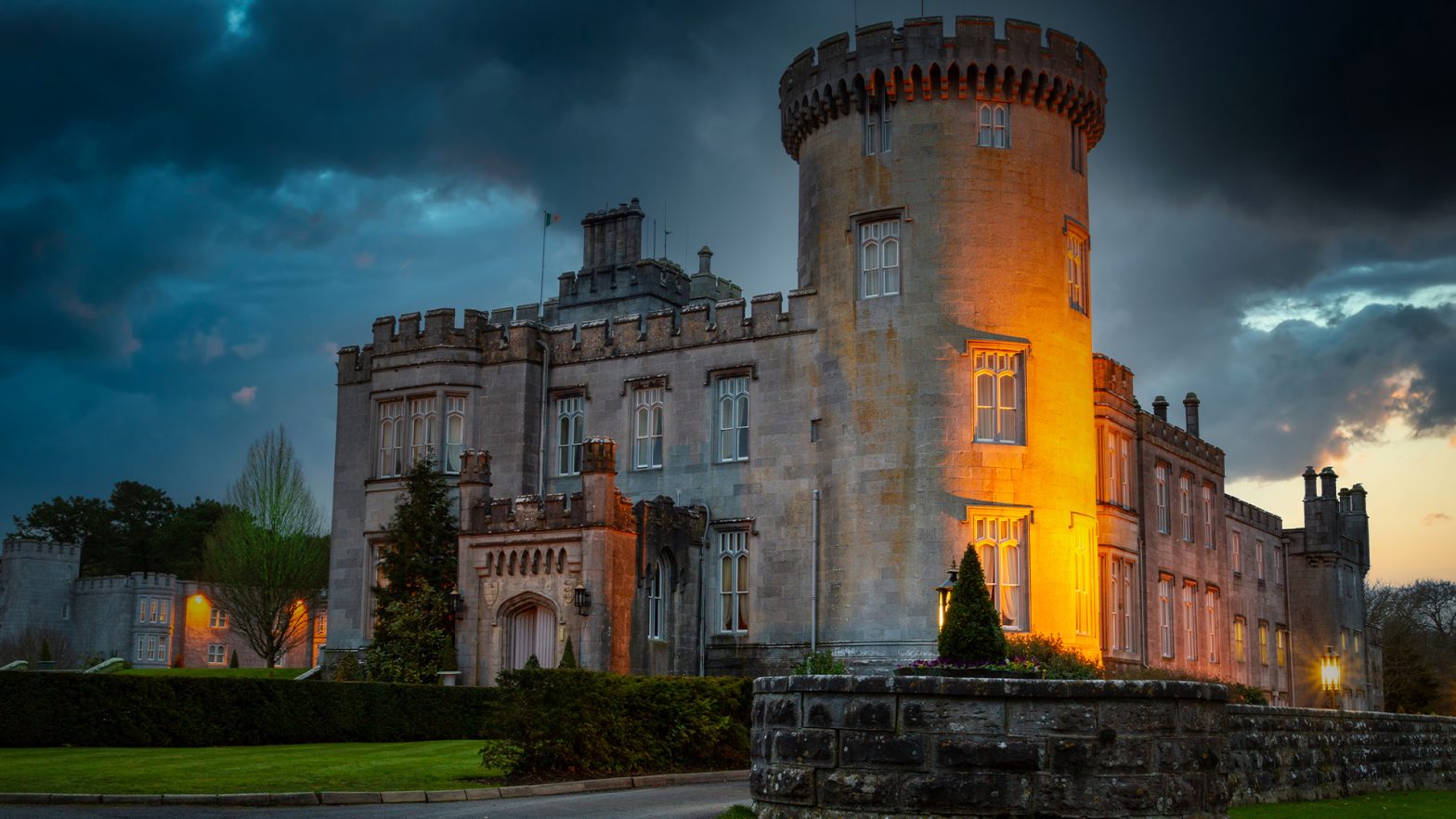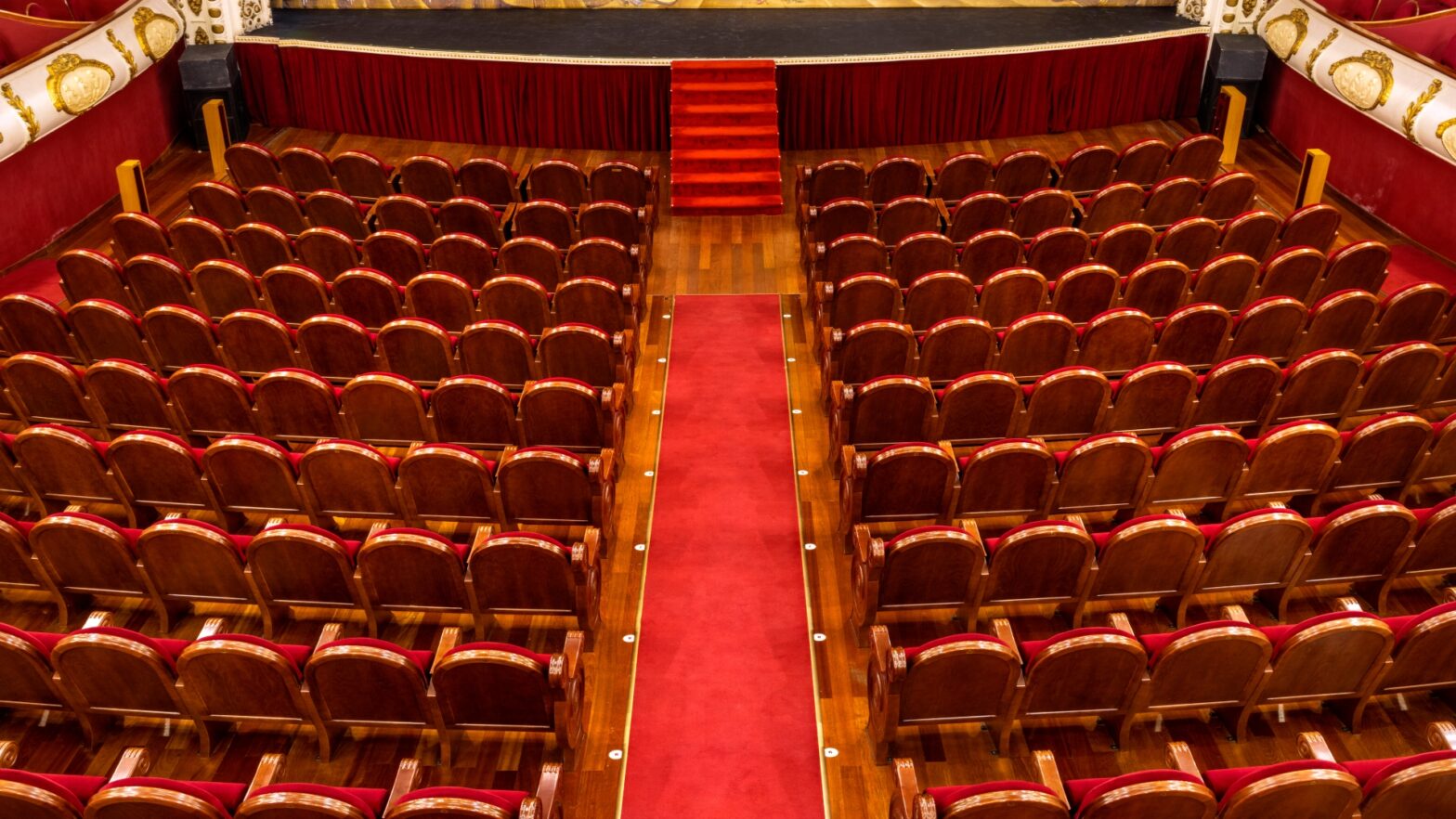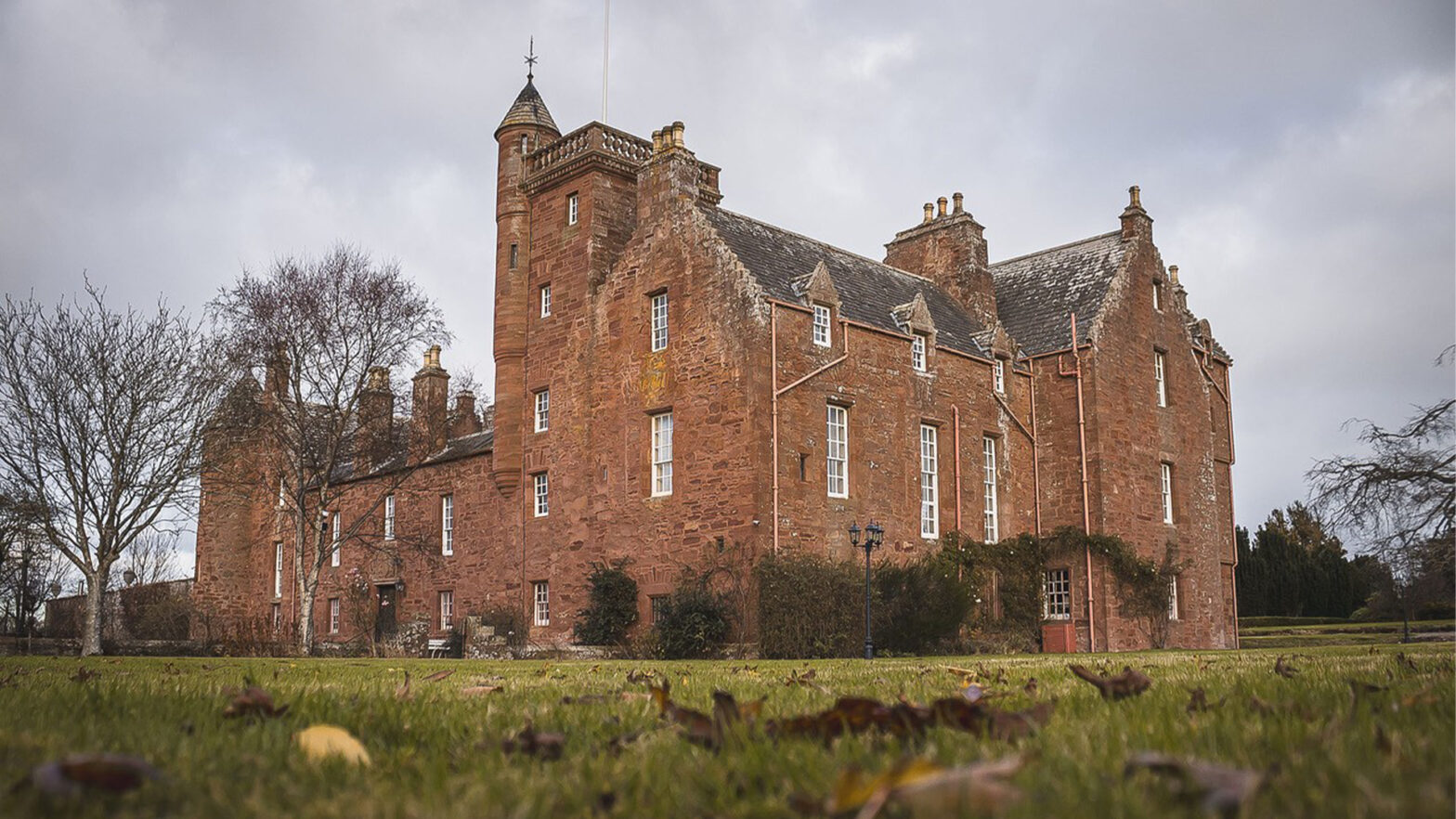
By Niamh Tunstall
Want to brush shoulders with the spirits of royalty and historical figures? The best way to do this, and walk in their esteemed footsteps is to visit the places they resided most and lived their last moments in. Below is a list of the top 5 most luxurious heritage sites in the UK that you need to visit or stay at this summer.
From Queen Victoria to the Tudors and the famous codebreakers of World War One, there are plenty of infamous destinations for you and your family to visit this summer that will take you back into a time of wars, revelry, and regality – giving you a glimpse of what it was like to live their lives. Listed below are five places where we can guarantee you’ll feel right at home if you love a taste of the high-class lifestyle and distinctive architecture made for the highest individuals in our society.
Bletchley Park, Buckinghamshire
During the Second World War, Bletchley Park was Britain’s number one decoding centre and home to the top-secret ‘Government Code and Cyber School’- with a residence of nearly 9,000 workers in 1944 (3/4 of which were women). The school’s work in decoding enemy messages had a profound effect on the outcome of the war, and experts have credited it with shortening the conflict by as much as two years. The site is also the establishment where the famous Alan Turing did his most valuable work in 1942 where he devised the first systematic method for breaking messages encrypted by a complex German cipher machine, they called the “Tunny”. The property is now maintained as a museum in which they showcase all of the areas that these famous scientists and code breakers worked to end the war.
Lumley Castle Hotel, Durham
This gorgeous property boasts 73 luxurious and uniquely designed bathrooms, many holding four poster beds and feature baths. The history of the site is just as impressive, with the castle’s creator being its namesake, Sir Ralph Lumley. This notorious individual was most known at the time for being a popular soldier, renowned for this bravery in battles. He played a key role in the defense of Berwick-on-Tweed in 1388 and in the same year left the attack at the Battle of Otterburn. It then was later passed on to his descendant, Thomas Lumley who played a large role in the Wars of the Roses and restored his family’s peerage after Sir Ralph lost it after his defeat in trying to plot the overthrow of Richard III. It also spent time housing the students of the University of Durham, but is now in the safe hands of ‘No Ordinary Hotels’ who transformed the beautiful castle into a hotel which fast developed a reputation of international renown.
Osborne House, Isle Of Wight
This outstanding estate and house was originally commissioned by the regal Queen Elizabeth and Prince Albert when they agreed that they desired an escape from the pressures of court life for their growing family beside the ocean. It was built in an Italianate style after Prince Albert suggested upon visiting that the views overlooking the Solent Strait reminded him of the bay of Naples. After both Albert and Victoria’s deaths, and the estate was desolate, reforms initiated in 1902 led to a rapid expansion of the navy, which meant that additional training spaces needed to be also established. Therefore, in 1903, a section around the stables of Osbourne House was developed as a college for navel cadets and then closed from this purpose later in 1921. It now serves as a museum and open to the public space to allow them a glimpse into what Queen Victoria, Prince Albert, and their children’s lives we like.
Thornbury Castle, Bristol
A quote from Thornbury Castles website describes the elegancy of the property perfectly, “This one-of-a-kind destination, forged of imposing stone walls and steep palatial luxury, is an enduring testament to Tudor history, when royalty reigned supreme”. As they say, the castle is indeed a “testament to Tudor history”, originally being conceived and constructed by Edward Stafford (the only man to rival King Henry VIII’s wealth and status at the time) and after his execution for treason, taken control of by King Henry VIII himself. Not only did it house nine-year-old Mary for some time, it also served as a momentary, brief retreat for Henry and Anne Boleyn. Thornbury Castle has endured the tumult of British history over the centuries, being passed through Henry’s children after his death, King Edward VI and Queen Mary I. Today, the residency has been renewed with care by its current owners as they preserve the regal grandeur of its past. As their website states, it was “Built to impress the most powerful man in the country, five centuries later, it still impresses…”.
Blenheim Palace
Being one of the largest non-royal country houses with the status of ‘palace’, this beautiful and impressive estate was constructed in 1709 as a gift to the first Duke of Marlborough, John Churchill, from Queen Anne and her grateful people for his brave victory at the Battle of Blenheim on the 13th of August 1704. It later became the birthplace of Sir Winston Churchill and was also used as a hospital for wounded soldiers in World War One. Today, the palace is home to one of the most important and exclusive collections in Europe including portraits, furniture, sculptures, and tapestries.
For more information on how to visit Bletchley Park this summer, visit Bletchley Park
For more information on how to visit Lumley Castle Hotel this summer, visit Lumley Castle Hotel
For more information on how to visit Osborne House this summer, visit Osborne House
For more information on how to visit Thornbury Castle this summer, visit Thornbury Castle
For more information on how to visit Blenheim Palace this summer, visit Blenheim Palace



















